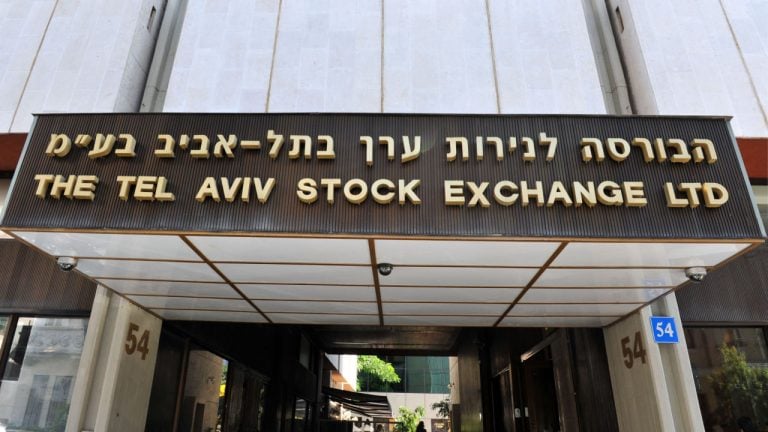
The money coming in for the trading app's crypto business reached $38 million over the first quarter of 2023, down from $54 million in Q1 2022.
First quarter results are in for cryptocurrency and stock trading app Robinhood, with the company reporting a 30% year-on-year revenue drop for its crypto trading business.
Released May 10, Robinhood's Q1 2023 earnings revealed $38 million in crypto trading revenues over the period, dropping from $54 million in Q1 2022.
Robinhood's total net revenues, however, increased year-on-year with Q1 2023 bringing in $441 million compared to 2022's first quarter net revenues of $299 million — an increase of around 47.5%.

Its Q1 2023 revenues were also a 16% gain since last quarter.
Related: S&P Global attempts to assess crypto assets’ susceptibility to macroeconomics
Around $12 billion worth of crypto is currently under the custody of the trading app, a 50% increase over the quarter, though it is down 40% compared to the same time last year.

Magazine: $3.4B of Bitcoin in a popcorn tin — The Silk Road hacker’s story
This is a developing story, and further information will be added as it becomes available.






























